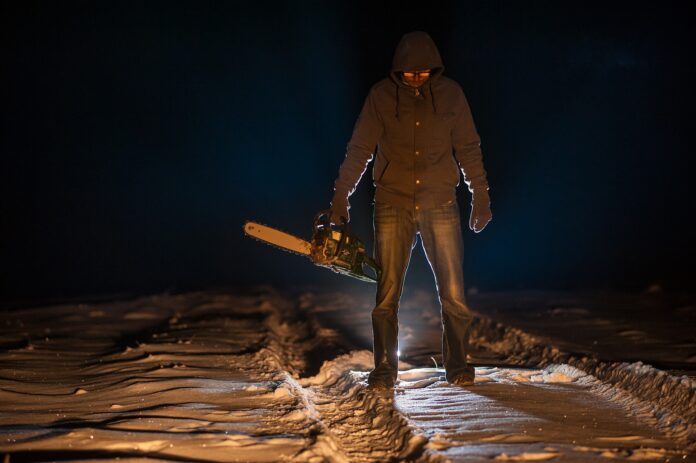True crime, a genre centred on true-life gruesome murders, might seem an unlikely source of entertainment. Yet, the appetite for true crime content has surged to such an extent that there are now numerous YouTube channels and podcasts exclusively dedicated to the subject.
Streaming giants like Netflix have capitalised on this trend, reaping substantial profits from true crime documentaries like “Sophie: A Murder in West Cork” and “Crime Scene: The Vanishing of Cecil Hotel” and in South Africa, one of the most well-known and listened to podcasts is the bluntly named “True Crime SA” created and hosted by Nicole Engelbrecht.
Interestingly, much of the success of this grisly subject matter can be attributed to women who, despite frequently being portrayed as victims in true crime narratives, are more than twice as inclined as men to regularly engage with true crime podcasts. Data compiled by Spotify has shown that the number of female listeners of true crime podcasts has been growing at a rate of 16% year-on-year.
The psychology of the fascination
When women are overwhelmingly the victims in the podcasts and documentaries, why then are they the ones that are most drawn to them?
Dr Sharon Packer, an Assistant Clinical Professor of Psychiatry and Behavioral Sciences at the Icahn School of Medicine at Mt. Sinai, suggests that the reason may lie in the fact that women tend to harbour more apprehension about violent crime compared to men. From a young age, girls are instructed not to venture alone at night and to exercise caution when encountering strangers on the streets. Given these precautionary teachings, women have a valid incentive to remain vigilant and take an interest in narratives involving sociopathic criminals who prowl in the shadows.
“Delving into true crime can feel like a dress rehearsal for women who are aware that they may find themselves in such situations someday,” suggests Packer.
According to psychiatrist Dr Anne Levy, a form of self-preservation may be in effect. Levy suggests that women may view watching true crime as a means to confront their deepest apprehensions.
“Perhaps there’s an element of attempting to understand the dynamics and prevent them from befalling us,” she posits. “There’s also a form of vicarious involvement in something unsettling and taboo, and perhaps, for reasons not entirely clear, we’re drawn to observe and partake in it, for better or worse.”
Another conceivable explanation for women’s fascination with true crime is that this genre may provide one of the relatively limited outlets for women to explore their aggressive impulses. Traditionally, activities like contact sports, violent video games, and even street fights have been associated with men. While these pursuits are no longer exclusively the domain of men in the 21st century, they often remain male-dominated and influenced by conventional gender roles.
P. E. Moskowitz, writing in Mother Jones, highlights the power of a woman’s fear and anger, asserting, “True crime taps into the underlying, persistent feeling that many, if not all, women harbour – that everything might be fine, but perhaps not. I could be a victim just for existing.” Many women may still choose (or unconsciously be conditioned) to conform to traditional feminine behaviours and interests, but this does not imply that they are devoid of anger. True crime might offer women a way to vicariously explore repressed emotions of rage and fear, or perhaps a fusion of both.
The flip side of the coin
But should we think twice before hitting play on the latest true crime documentary for reasons beyond our personal preferences? Speaking to Cosmopolitan magazine, Ruth Davison, the CEO of the domestic abuse charity Refuge, suggests that watching such shows might be doing more harm than good in terms of revealing the truth.
According to Davison murders of women, particularly by their intimate partners is horrifyingly common. In South Africa, a woman is murdered every eight hours in South Africa, and of those murdered, 50% are killed by their intimate partners.
“Regrettably, many of these women end up as subjects in the increasingly popular true crime genre,” Davison remarks. “The way true crime is portrayed often sensationalizes these events, fictionalizes the victims, and can even glamorize or show sympathy towards the perpetrators.”
“Furthermore, as consumers of true crime, we often detach ourselves mentally from the actual story, adopting an outsider’s perspective that might inadvertently lead to victim-blaming,” she says, adding, “True crime enthusiasts frequently ponder what they would have done differently or pass judgment without a full understanding of the real circumstances. We must be clear that violence against women and girls is a crime; it should not be consumed by ‘armchair detectives,’ and there is never an excuse for domestic abuse—it is a conscious choice made by the perpetrator.”


